The works of Robert O. Paxton have profoundly reshaped our understanding of central issues in twentieth-century European and world history. As a professor of history, Paxton (PhD, Harvard University, 1963) taught at the University of California-Berkeley and State University of New York-Stony Brook. In 1969 Paxton embarked on a long, productive tenure at Columbia University, where he is Mellon Professor Emeritus of Social Science, Modern Europe.
His pathbreaking books on Vichy France, the emergence of fascism, and the Holocaust in France include:
-
Parades and Politics at Vichy: The French Officer Corps under Marshal Pétain (Princeton University Press, 1966)
-
Vichy France: Old Guard and New Order, 1940-1944 (Knopf, 1972)
-
Europe in the Twentieth Century (Harcourt Brace Jovanovich, 1975)
-
(with Michael Marrus) Vichy France and the Jews (Basic Books, 1981; Stanford University Press, 2019)
-
French Peasant Fascism: Henry Dorgères’ Greenshirts and the Crises of French Agriculture, 1929-1939 (Oxford University Press, 1997)
-
The Anatomy of Fascism (Knopf, 2004)
These texts continue to educate readers around the world, inside and outside the academy. He also served in 2009 as guest curator for “Between Collaboration and Resistance: French Literary Life Under Nazi Occupation,” an exhibition held at the New York Public Library.
The Institute for the Study of War and Democracy is grateful for the opportunity to interview Robert O. Paxton about his career as a scholar. Jason Dawsey conducted the following email interview with Paxton in November 2021.
Your first book, Parades and Politics at Vichy: The French Officer Corps under Marshal Pétain (1966), grew out of your doctoral dissertation at Harvard. What brought you to this topic? Could you discuss the influence of Harvard scholars H. Stuart Hughes and Stanley Hoffmann on your work?
I came by accident to the topic of the French officer corps during the German occupation (1940-1944). I went to Paris in September 1960 expecting to carry out research for a doctoral dissertation on the history of the French military academy at Saint-Cyr, the French West Point.
When I arrived at the Service Historique de l’Armée de Terre at the chateau of Vincennes, however, I was informed that there were no archives concerning Saint-Cyr since everything had been destroyed in an American bombing raid in 1944. I returned for advice to Professor Raoul Girardet, the expert on French military matters at Sciences Po.
If you are interested in the French officer corps, Girardet said to me, you should study their reactions to the German occupation of 1940-1944, for that was a time of deep uncertainty and division, with major implications for the Liberation of France and for its postwar politics.
French career officers disagreed in 1940-1942 about who was their legitimate leader. Was it Marshal Pétain at Vichy, General De Gaulle in London, or General Giraud in Algiers? Each leader had a following among French officers, and some of them (but not all) came together, after the United States brought French North Africa back into the war in November 1942, in the great project of the Liberation of France.
This process needed historical treatment, and Girardet offered to put me in touch with senior French officers involved in Vichy, starting with General Weygand, the Vichy Minister of Defense. It was too good an offer to refuse.
My Harvard mentors did the favor of leaving me very much alone while I prepared my doctoral dissertation. Stuart Hughes was a fine teacher of European history, but when I reached the dissertation stage he was preoccupied by a run for the Senate in Massachusetts in 1961-62.
Stanley Hoffmann’s lectures were a brilliant introduction to French politics in general, but he was in the Government Department while I was a degree candidate in History and thus not directly involved with the dissertation. Later, when I had written Vichy France: Old Guard and New Order, in 1972, Stanley Hoffmann gave me an indispensable hand up by persuading the Éditions du Seuil, a leading French publisher, to bring out a French translation of this book. Then he wrote a brilliant preface for it, an essential step in attracting attention in France.
Your interest in Vichy France developed against the backdrop of momentous events in French and American history: the end of Algeria’s war of independence (1954-1962) and the beginning of the United States’ war in Vietnam (1964-65), a former French colony, as well as the upheavals of 1960s in both countries. What impact did these events have on the directions taken by your research?
I do not think I was influenced by any of these contemporary events. It was mostly the internal momentum of my studies that carried me along. After I had finished my doctoral dissertation, and had published it as Parades and Politics at Vichy (Princeton, 1966), I realized that I already had a lot of material on hand for a general book about the Vichy regime.
I had not only a good bit of French material, but I also had the crucial German archives that had been captured by Allied forces at the end of World War II. With material from both sides, I would be able to reconstruct the Vichy-German relationship far more fully than the main earlier book on this subject, Robert Aron’s Histoire de Vichy (1954), had done.
Parades and Politics at Vichy was published shortly before Peter Novick’s The Resistance Versus Vichy: The Purge of Collaborators in Liberated France (Columbia University Press, 1968). This was a crucial time in Anglophone scholarship on Vichy. You then turned to a general history of the regime, Vichy France: Old Guard and New Order, 1940-1944 (1972). This book is certainly one of the most important works in the study of modern French and European history. What aspects of Robert Aron’s History of Vichy (1954), then the authoritative work on the subject, did you wish to challenge?
Robert Aron’s Histoire de Vichy was so generally considered authoritative that no serious rival general account was published in the dozen years after it appeared in 1954. But Aron’s book rested, in fact, on a rather narrow documentary base.
Its principal source was the stenographic transcripts of the postwar collaboration trials, in which the French Fourth Republic authorities had charged Vichy officials with treason while these same officials had tried to justify their actions. The courtroom debates turned mainly on whether or not the defendants had cooperated with the German occupation authorities. Yet Aron (who probably did not read German) had no access to the whole run of German archives, where he could have delineated these relations more clearly.
Aron’s focus on the trials tended to center his book too narrowly on supposed German pressures. I looked at the German record and saw that, while the Germans were obsessed in 1940 with military security and with the extraction of booty from defeated France, they showed little interest, at least at first, in how the Vichy government dealt with internal French matters.
The Vichy regime’s program for French revival grew mostly out of the French quarrels of the bitterly divided 1930s, and most particularly out of the conservative response to the Popular Front of 1936. One needed to see exactly what the Germans wanted, and simultaneously to place the history of Vichy firmly within recent French history.
I should add that I visited Robert Aron when I began my research in France in the fall of 1960, and that he was hospitable and generous in his advice to a young historian. I did not set out to knock his book out of the ring, though that is what eventually happened.
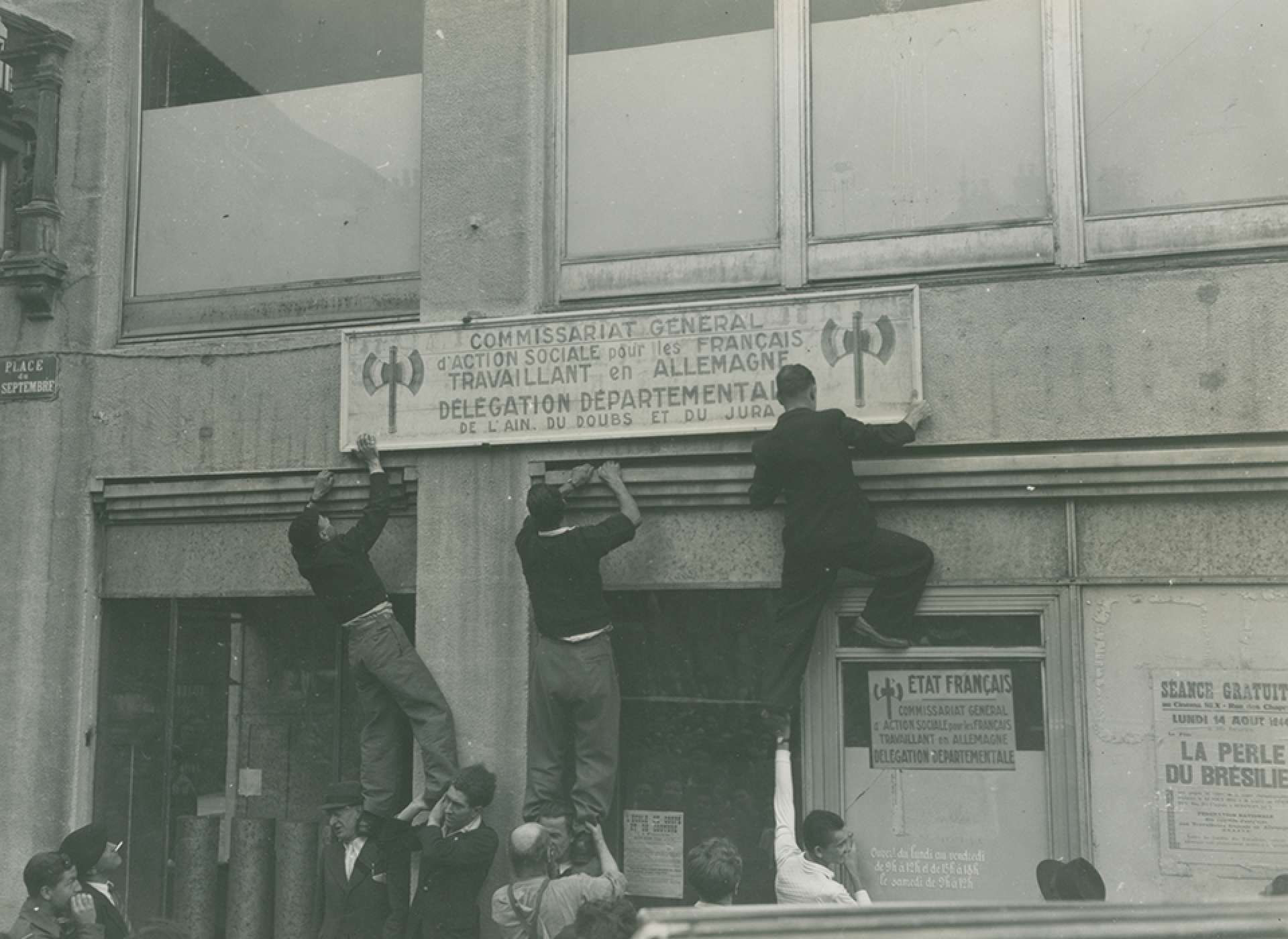
Free French fighters remove a sign from the former Vichy Commissariat-General of Social Action for French Working in Germany in Besancon, France, in September 1944, after the US Seventh Army liberated the town. The National WWII Museum, Gift of Ms. Regan Forrester, 2002.337.91.1
What obstacles did you face in doing your research for the book? In retrospect, what do you consider to be the most durable claims made in Vichy France? Are there things about that study you would do differently today?
The main obstacle I faced was that the Vichy government archives were not yet open to scholarly research in 1960 when I began work. This was to some degree counterbalanced by the survival of eye-witnesses who could be interviewed, although their statements would certainly be colored by their efforts at self-justification.
My most durable claims, I believe, were:
- The Vichy regime must be understood as an outgrowth of the previous decades of French history, and not only or even mainly as a German imposition
- There was a high level of continuity in public policies and in governing personnel in France from 1939 to 1946
- The Vichy authorities had their own active project to remake France after the defeat of June 1940, and did not simply endure the German occupation passively
You refer in Vichy France to Marcul Ophuls’s astonishing 1969 documentary film about Vichy, Le Chagrin et la Pitié (The Sorrow and the Pity), as an “extraordinary film evocation.” The publication of your book is often grouped with The Sorrow and the Pity as watershed moments in the French nation’s confrontation with its history in World War II. What do you think our audience should know about the reception of your book in France in the 1970s?
My general book on Vichy France had a mixed reception when it appeared in French translation in 1973 as La France de Vichy. I had expected that my very thorough documentation and abundant footnotes would impress the academic world, whereas general readers might be put off by my radical rejection of the familiar idea that the Germans had obliged Vichy to do what it did.
Instead, I had the reverse: a positive review in Le Monde by a journalist and a negative review by a scholar in the Revue française de Science politique. In time, reactions to my book varied mostly with age and with political affiliation. Young people and people on the Left generally approved, and older people and conservatives generally disapproved.
I was gratified over the years to discover that younger French scholars who worked on Vichy, and who gained increasing access to French archives, mostly agreed in general with my interpretation, even if they might disagree on this detail or that. Over time my books were more and more widely accepted in France.
Vichy France and the Jews, a monograph you co-authored with esteemed Holocaust historian Michael Marrus, appeared in 1981. What led to this book and how did your collaboration with Marrus come about?
Vichy France and the Jews was commissioned by a French publisher. In 1971, a year before Vichy France: Old Guard and New Order was published, Roger Errera, an editor with the Paris publisher Calmann-Lévy, asked me to write a book about the measures taken against Jews by the Vichy regime.
I had initially not expected to write further about Vichy after the general work that was then nearing completion, but since my first book, Parades and Politics, had been little noticed in France, and I feared a similar neglect of the second book then about to appear, I thought that the best way to get my views before the French public was to accept M. Errera’s proposal.
Before I could write the book I had promised M. Errera, however, I had to fulfill a contract and finish my textbook on Europe in the Twentieth Century, which came out in 1975. Then I began to work actively on Vichy France and the Jews. After several years of this, I became discouraged. The subject was a depressing one, and the amount of material available was overwhelming. In 1976 I told Roger Errera that I wanted to abandon the project.
Errera, horrified, sought a solution. He suggested lightening the load by bringing in a co-author. Errera knew Michael Marrus, for he had already published the French edition of Marrus’s first book, a study of the French Jewish community during the Dreyfus Affair. I, too, had met Marrus, who was a graduate student at Berkeley during my last year as an Instructor there. We quickly agreed to approach Marrus, who, fortunately, was available and willing to become the co-author of Vichy France and the Jews.
Marrus and I divided the tasks so that I worked in the German archives and in the United States archives (reading the reports of American diplomats assigned to Vichy France), while Marrus worked on French and British sources. When the time came to write, each one revised the other’s drafts. We got along very well and had no serious disagreements about how to interpret and present this history.
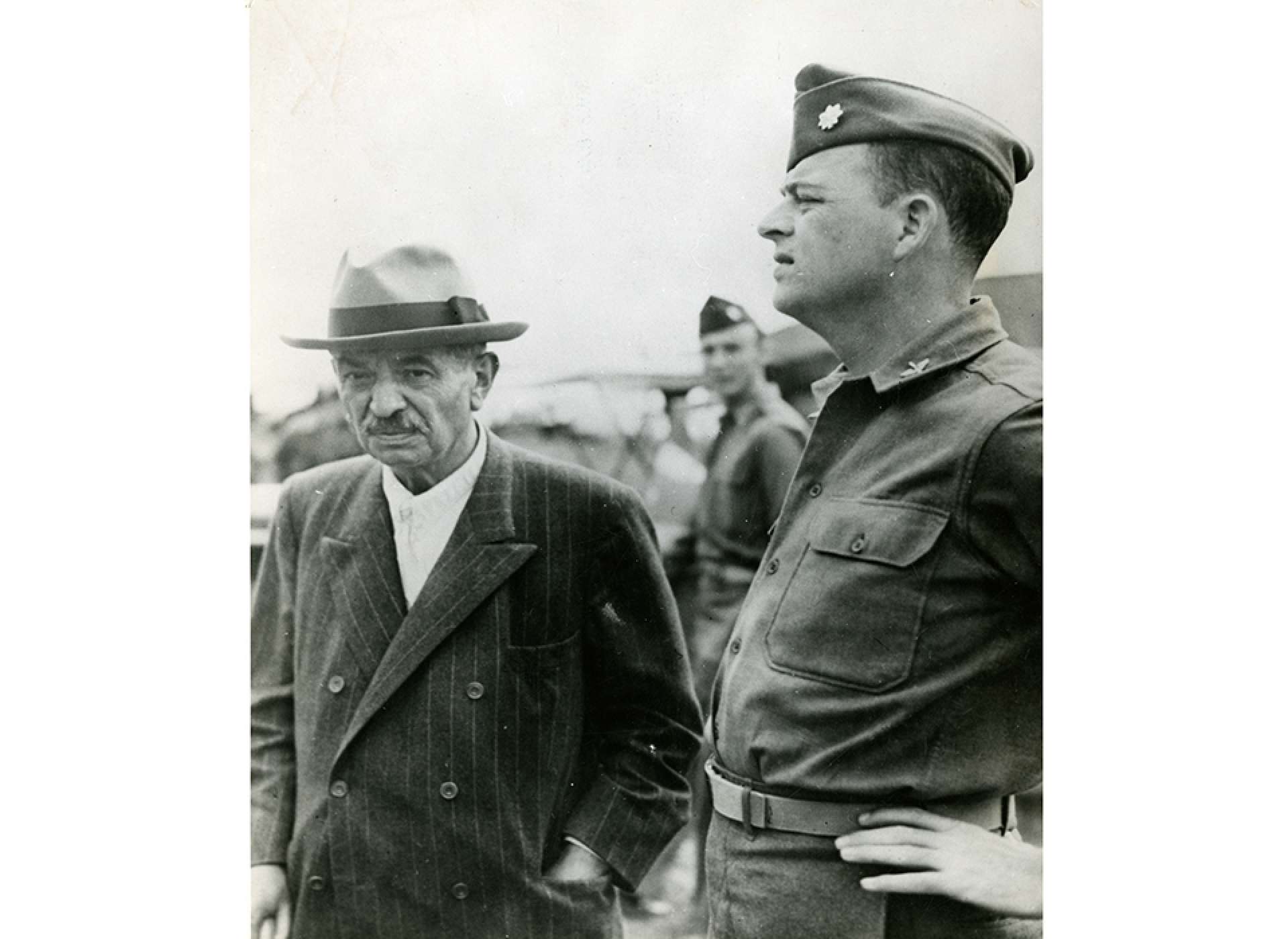
Former Vichy Premier Pierre Laval Surrenders to Americans, Summer 1945. The National WWII Museum, Gift of Dylan Utley, 2012.019.430.
Vichy France and the Jews is still one of the landmark studies of the Holocaust in France. What do you think are the most significant findings of the research you did with Marrus?
As with Vichy France: Old Guard and New Order, the central finding of Vichy France and the Jews was that Vichy France’s legal measures to exclude Jews from public service, the professions, and intellectual life were not imposed by the Germans. The actions originated with the Vichy French leaders, influenced by the growth of antisemitism in France during the Great Depression of the 1930s and after the defeat of June 1940.
The Germans, in fact, had a different idea when they began their occupation of France in the summer of 1940. They had no interest in making France as hostile to Jews as Germany was. Instead, they wanted to use France as a dumping ground for German Jews, whom they wanted to expel into France.
They actually began to do so in October 1940, stopping in the face of outraged protests from Vichy. Gradually the Germans came to see Vichy antisemitism as something they should encourage and even enhance, but that was not their position at the beginning.
You served as an expert witness in the trials of Vichy officials Paul Touvier (1994) and Maurice Papon (1997). How do you look back on those experiences now?
Testifying in these trials was quite daunting. One could not have any notes, one had to testify in French, and one could almost feel the angry glare of the accused, particularly that of the combative Maurice Papon. I tried to make some of the points I had made in my books, particularly the French rather than German origins of the first anti-Jewish measures of the Vichy regime.
I believe that these trials served a useful purpose in calling the French public’s attention to the Vichy government’s initiatives in excluding Jews from public service jobs, and from intellectual roles starting in 1940, even before the deportations began in 1942.
In the late 1990s and early 2000s, you shifted to the study of fascism, completing two major monographs on the topic: French Peasant Fascism: Henry Dorgères’ Greenshirts and the Crises of French Agriculture, 1929-1939 (1997) and The Anatomy of Fascism (2004). With the former work, what pulled you to examine farmers and the appeal of far-right politics in prewar France?
After writing three books about Vichy France, I wanted very much to turn to something else. My Vichy books had emphasized the importance of the French background, more than German dictation, as the source of Vichy French policies. So I looked for something new to say about the power of the Right in 1930s France.
I was struck by how little attention the existing works on this subject gave to the rural population. That seemed strange for two reasons: France had the largest agricultural sector of any European country, and farmers had played a major role in the success of both Hitler (whose most massive vote came in dairy-farming Schleswig-Holstein) and Mussolini (whose first major successes came in breaking strikes by farm workers in the Po Valley).
So I decided that the role of the French peasantry in the growth of the Right in 1930s France was a significant gap in the existing historiography. This led me to Henry Dorgères and his right-wing peasant movement. Also I had studied France up to this point mainly in non-French archives (German, American, British), and it was a pleasure to plunge deeply into rural France by doing research in provincial archives.
In The Anatomy of Fascism you characterized your intention as proposing a “fresh way of looking at fascism that may rescue the concept for meaningful use and account more fully for its attractiveness, its complex historical path, and its ultimate horror.” What kinds of historical insights do you believe this book offers about what you call the “major political innovation of the twentieth century—and the source of much of its pain” that the vast literature on fascist movements and dictatorships does not? Do you still support downplaying the role of ideas and ideology in understanding fascism, as you argued in that book?
I taught a seminar on fascism at Columbia University, sometimes to undergraduates, sometimes to doctoral candidates. The study of fascism seemed to me an excellent path into the most central issues in the history of twentieth-century Europe, if done correctly.
Doing it correctly, I thought, meant paying as much attention to the contexts within which fascism started and grew and took power as to the movements themselves. The existing literature tended to focus on the fascist movements in isolation, without much attention to political blockages, available spaces, allies, and other features of the general setting.
Another problem was that studies of fascism worked, mostly unconsciously, with an unstated analogy to traditional political parties. Traditional political parties started with a program and used it to appeal to voters. Similarly, the existing literature studied fascism by concentrating on its programmatic statements.
The problem with this approach was that Hitler and Mussolini, in order to gain power, abandoned much of their initial programs (which had been quite critical of capitalism) and made alliances with conservatives and the world of business against socialism and communism. They recruited a fanatical following more by arousing passions than by promising to fulfill a program. In power they governed without much attention to their early programs, and sometimes in direct contradiction to them.
Another problem with the existing literature’s unstated analogy of fascism with traditional political parties was that fascism developed another kind of belonging, a deeper, more total engagement. This channeled an astonishing burst of political energy quite unlike the narrower electoral engagement of traditional parties.
A final problem of the existing literature was a tendency to seek a fascist essence, an essentially static perspective. The growth of fascism needed to be perceived as a dynamic process, I thought, through several stages of development.
I identified five stages: the creation of movements, their rooting in society, the taking of power, the exercise of power, and, finally, an existential choice between becoming more aggressively radical, and thereby over-reaching, or subsiding into a slack normalcy. Each stage of this process had its own particular features and qualities, but fascism could not be fully understood, I thought, without taking all the stages into account.
Much of your work on fascist and extreme right-wing politics is, unfortunately, as timely and necessary as ever. How do you explain the resurgence of neo-fascist, neo-Nazi, and right-wing populist ideologies two decades into the twenty-first century? Is fascism a permanent threat to contemporary societies despite its catastrophic defeat in 1945?
Today’s resurgence of a radical activist right is not something I expected. The original wave of fascism emerged out of extreme conditions of war and depression. Today’s circumstances seem much less dramatic, without the fundamental disruptions that gave birth to the first fascisms.
One explanation is that today, more than 50 years after the end of World War II, the public has forgotten the nearly universal scorn and loathing that surrounded the dead dictators, Hitler and Mussolini, in 1945. A radical, activist, nationalist anti-socialism once again looks fresh and new, while the long-standing moderate parties seem conventional and tired.
In quite a different key, the challenge by people of color and women to White male dominance, both within the United States and internationally, seems to be arousing a powerful response that resembles the original fascisms’ violent rejection of the rise of socialism in the early twentieth century.
I admit that I do not yet have a fully satisfying answer to this question. I suspect that the replacement of books and newspapers, carefully moderated by professional journalists and editors, as the main sources of knowledge by the wide-open unmoderated arena of the internet may also be playing a role in the resurgence of violent activism on all sides. But it is still too early to understand fully what is afoot.
Finally, a more personal question, if you will: what have been the challenges of writing French history as an outsider, especially as an American?
I always expected that, as a foreigner who disrupted conventional ways of seeing modern French history, I was likely to arouse some anger and resentment in France. To my great surprise, I was warmly received by many French people, from the beginning. Indeed the trend has been toward wider general approval. The French have surprised me by their willingness to accept a foreign historian’s critical view. I suspect that Americans might be less tolerant of a critical French writer.
Perhaps they were pleased that a foreigner chose to devote his life’s work to studying their history, even if he found things to criticize. Better to be criticized than to be ignored, they may think.
I always tried to make clear my belief that there were always admirable people in France even when their government did evil things. Another challenge was to use the French language correctly, which I struggled all my life to do, for the French value their language as one of their prime achievements. It was essential to display respect for the people one studies, and their culture, even while criticizing their government.
Jason Dawsey, PhD
Jason Dawsey, PhD, is ASU WWII Studies Consultant in the Jenny Craig Institute for the Study of War and Democracy.
Cite this article:
MLA Citation:
APA Citation:
Chicago Style Citation:
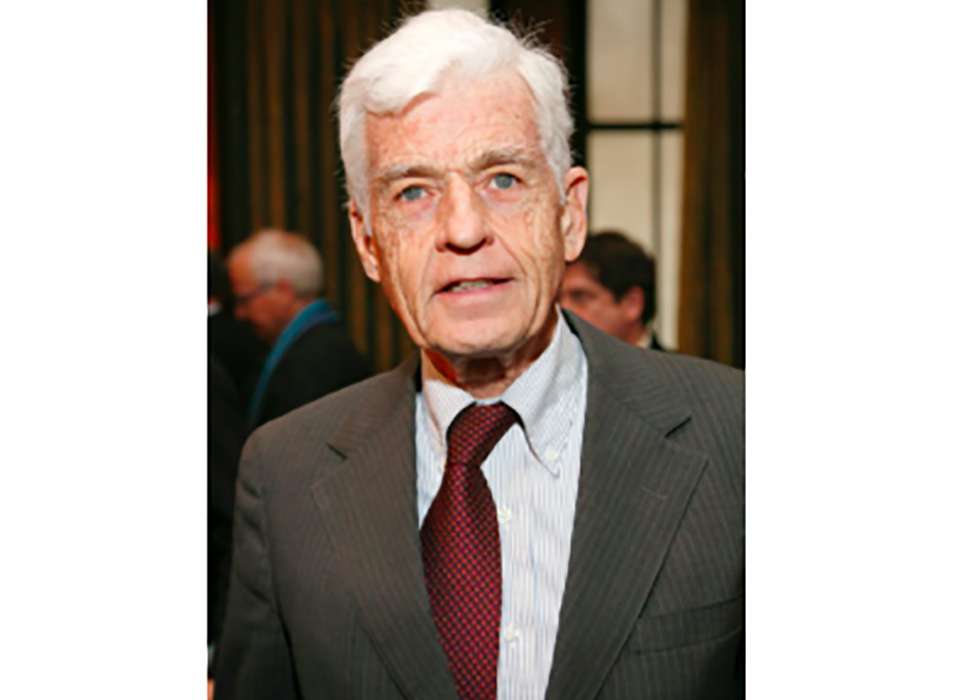

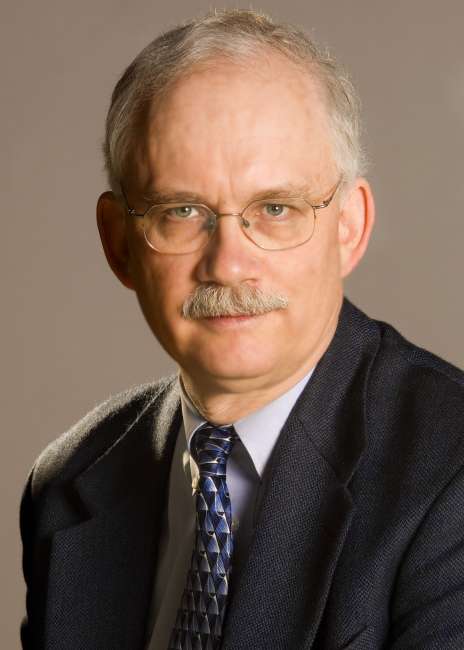
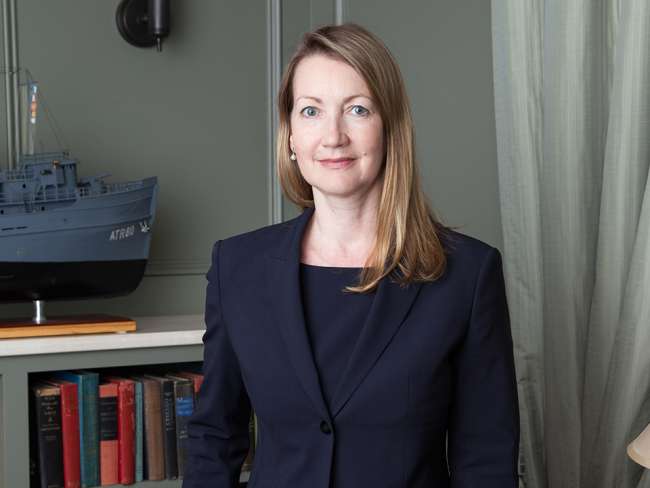
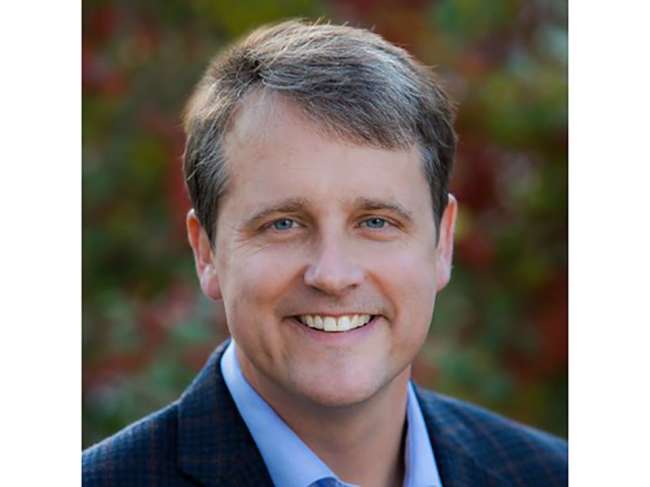



![Max Fuchs, New York City cantor, sings as Rabbi Sydney [sic] Lefkowitz, Richmond, VA, conducts the first Jewish services from Germany.](/sites/default/files/styles/max_650x650/public/2025-10/image1.jpg)



